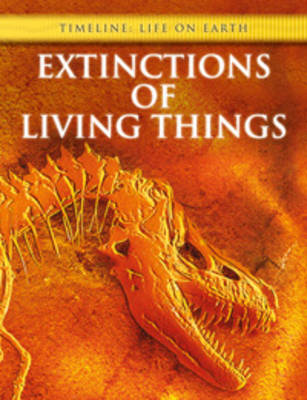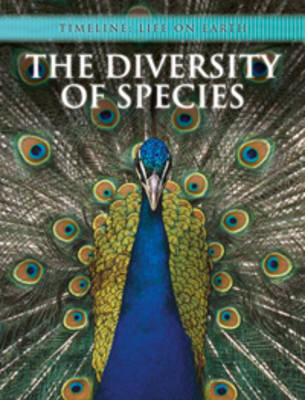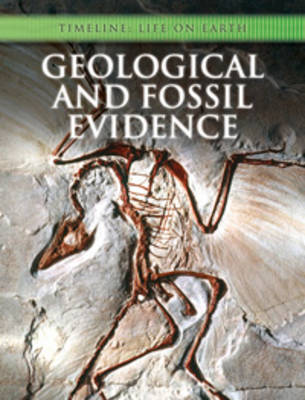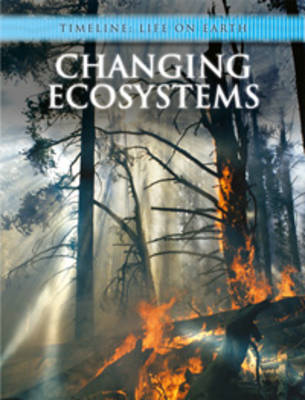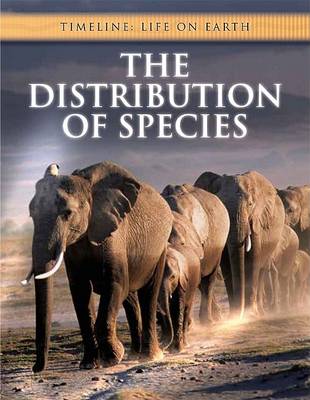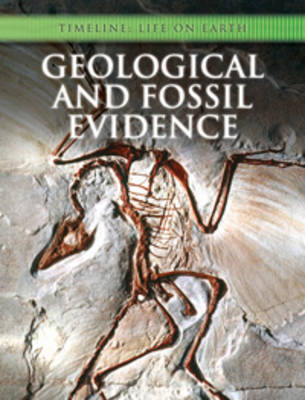Timeline: Life on Earth
7 total works
How has Earth and life on it changed? What is a “living fossil”? Why did the dinosaurs become extinct? ‘Extinctions of Living Things’ looks into the evolution of living things and the disappearances of species, the effect humans have on extinctions, and how modern scientists are striving to protect threatened species. Look into catastrophic ecological changes that blitzed species, study fossils of giant sea creatures, judge if we are to blame for the disappearance of the dodo, and assess if dinosaurs are still alive today. Life on Earth is constantly changing. It has been doing so for as long as we know and far before humans were here. Through the use of detailed case studies and scientific theories, the books in the 'Timeline: Life on Earth' series discuss how changes are studied, what the evidence reveals, and how such changes have had - and continue to have - an impact on Earth.
How has the Earth and life on it changed? Are birds and dinosaurs related? Why do looks count? ‘The Diversity of Species’ explains how and why things on Earth have genetic and physical differences. Be amazed by the giants of the Galapagos and Komodo islands, study why the beaks of Charles Darwin’s finches are important, and see what makes the chameleon’s long, sticky tongue such a useful adaptation. There is even a mite that camouflages itself as an ant’s leg, and a beetle with an exploding body! Life on Earth is constantly changing. It has been doing so for as long as we know and far before humans were here. Through the use of detailed case studies and scientific theories, the books in the 'Timeline: Life on Earth' series discuss how changes are studied, what the evidence reveals, and how such changes have had - and continue to have - an impact on Earth.
How has Earth and life on it changed? What can fossils tell us? Where can you find dinosaur footprints? ‘Geological and Fossil Evidence’ looks at how evidence of Earth’s history can be found by studying different rocks and layers of Earth. Learn how fossils are formed, why Earth’s surface is never still, and how the best-preserved dinosaur was discovered. Science fiction meets reality as strange Burgess shale creatures and giant sea monsters roam the oceans. Sniff out a large collection of dinosaur droppings and meet the first human! Life on Earth is constantly changing. It has been doing so for as long as we know and far before humans were here. Through the use of detailed case studies and scientific theories, the books in the 'Timeline: Life on Earth' series discuss how changes are studied, what the evidence reveals, and how such changes have had - and continue to have – an impact on Earth.
Timeline: Life on Earth explains how the diversity of life on Earth developed through gradual processes of change occurring over million of years. Linking the Science, History and Geography curricula, this series offers a fascinating look at the diversity of species on the planet, the ecosystems they need to survive, and the evidence that exists to show us what earlier species were like.
How has the Earth and life on it changed? Why do plants and animals adapt to live in extreme conditions? What is "ballooning"? 'The Distribution of Species' explains why and how things live where they do - from scalding hydrothermal vents to the coldest glaciers. See how "ballooning," exploding, and rafting help species spread from place to place. Understand why rain forests play host to some of the most beautifully ornate dancing birds, and discover how Earth once had just one huge landmass. Life on Earth is constantly changing. It has been doing so for as long as we know and far before humans were here. Through the use of detailed case studies and scientific theories, the books in the 'Timeline: Life on Earth' series discuss how changes are studied, what the evidence reveals, and how such changes have had - and continue to have - an impact on Earth.
This series explains how the diversity of life on Earth has developed over millions of years, through a combination of gradual change and dramatic events. It covers topics such as genetic variation and mutation, the role of environmental change both gradual and catastrophic, competition for resources, the distribution of organisms, the extinction of species, geological and fossil evidence, comparative anatomy, theories of evolution, and scientists at work today.
